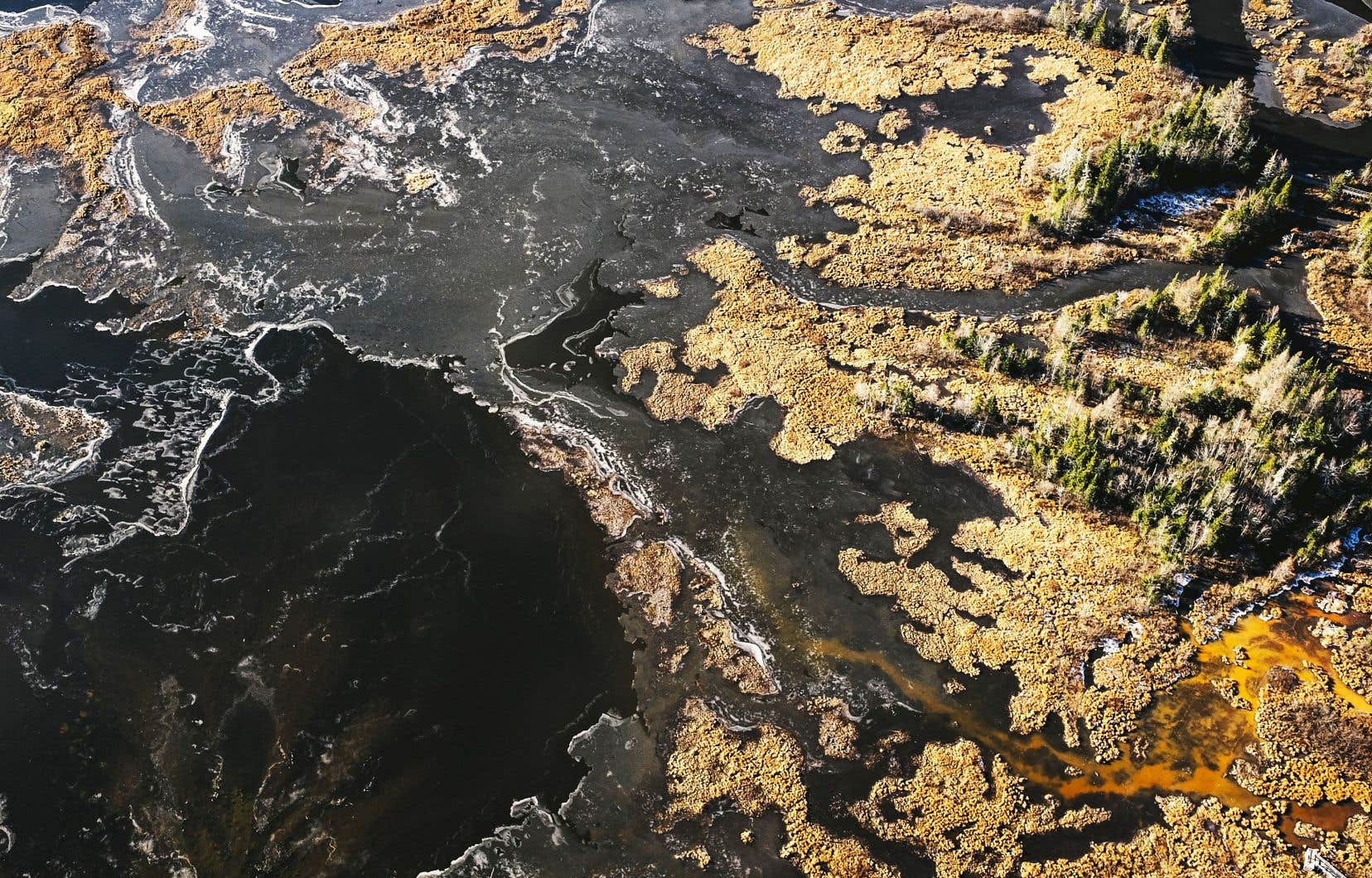One watershed, one and the same standard. The cities of Quebec, Stoneham and Lac-Delage intend to join forces to modernize 1,600 septic tanks whose obsolescence compromises the health of Lake Saint-Charles, a source of drinking water which serves more than 300,000 people.
The three cities intend to adopt new regulations this spring which will require the replacement of all obsolete septic tanks on their territory by 2027. Some 1,600 of them are more than 25 years old, including 400 dating back more than three decades.
Their waterproofing today leaves something to be desired, and these pits now allow several contaminants to run off, mainly nitrogen and phosphorus, into the waters of Lake Saint-Charles. Due to pollution, the latter aged a quarter of a century between 2008 and 2012.
The regulations will be accompanied by a subsidy program with a total envelope of $60 million. The Quebec government is granting 40 million to this project; the cities of Quebec, Stoneham and Lac-Delage provide the difference.
Owners affected by the new regulations will be able to draw from a government fund to update their septic installation. This assistance will cover 66% of costs up to $30,000. The towns of Stoneham and Quebec have provided funding to cover the difference. “People will reimburse the missing part from their[s] taxes, explains Louis Desrosiers, the project director. So they don’t have to take a penny out of their pocket. »
This common way of preserving a collective resource must become a school in Quebec, believes the mayor of the capital, Bruno Marchand. “Biodiversity does not respect our city territories, nor does drinking water,” he says. We have the will to work together, but even if we did not, we would be condemned to do so. »
Why offer public financing for the reimbursement of private installations? In the eyes of the mayor of Stoneham-et-Tewkesbury, Sébastien Couture, it is first and foremost “a collective problem”.
“We pay for the sewer systems; why would we let down those who do not have access to this network? he asks. I would also like to remind you that all municipalities in Quebec have issued these construction permits. We might not do the same thing today, but now is not the time to abandon them and tell the owners to deal with their problem. »
The death knell for wood-burning fireplaces
The City of Quebec also announced, Monday, the upcoming end of decorative wood fireplaces on its territory. Public Health has particularly pointed the finger at the latter to explain the poor air quality in the lower town.
“From 1er January 2024, it will be prohibited to install new fireplaces in the territory of Quebec City,” indicates Marie-Josée Asselin, vice-president of the executive committee and responsible for environmental files within the Marchand administration.
By 2030, Quebec intends to ban them purely and simply. Until then, the owners of such homes will have to declare them to the City before 1er next April. All stoves, heating appliances and wood boilers that do not meet the certification required by the City must no longer be used from 1er September 2026.
Owners of non-compliant devices will be able to subscribe to a subsidy to replace them. This can cover up to 90% of expenses incurred up to $1,000.
The City of Quebec also announced the posting online, in a form accessible to the population, of indicators taken from the Ministry of the Environment on air quality. “The Port of Quebec also, in complete transparency, transmitted to us certain elements of [sa] measuring station,” said the advisor. She adds that this is not “new data”.
“This data already exists, but we are going to group it together in an interactive file,” emphasizes Marie-Josée Asselin. The idea is to make them usable by the average citizen, who does not have knowledge of all these open data files. »
Air quality is a concern for the population of the lower town. Two reports published this year confirmed abnormally high concentrations of fine particles in certain sectors, notably Limoilou, where the incinerator, the port and several highways coexist.
